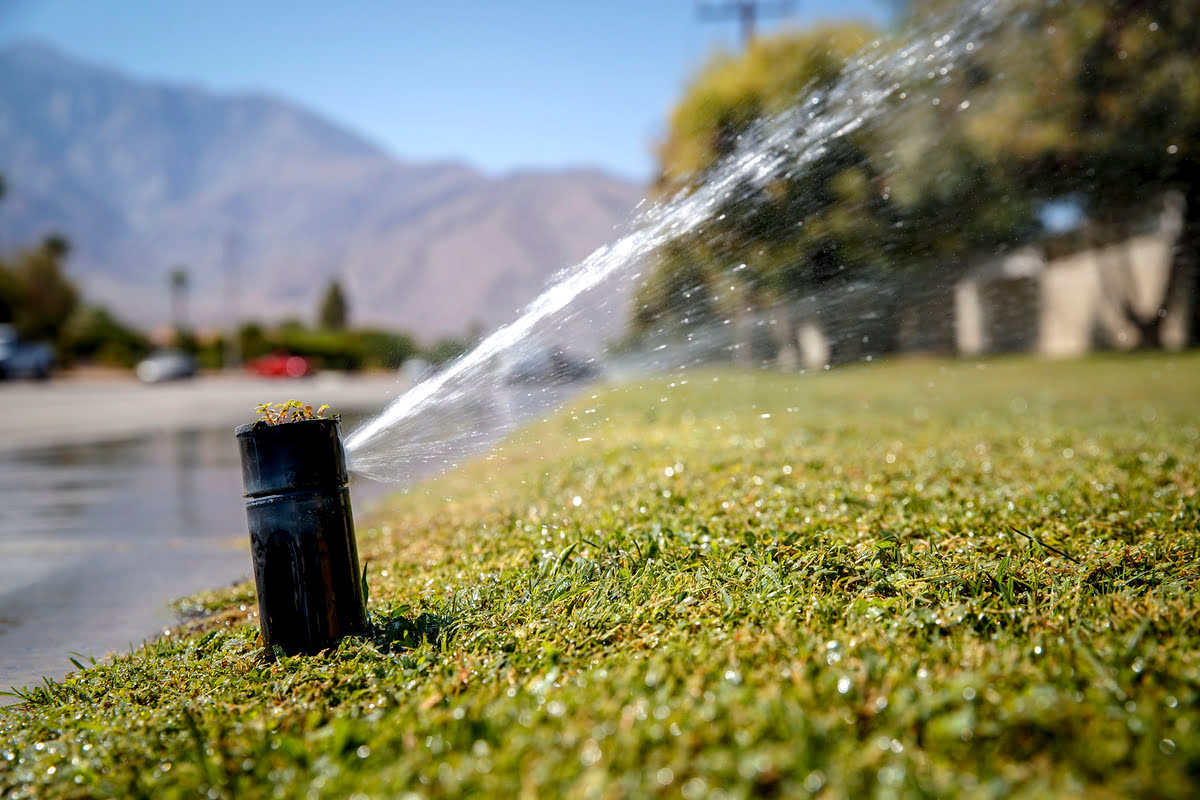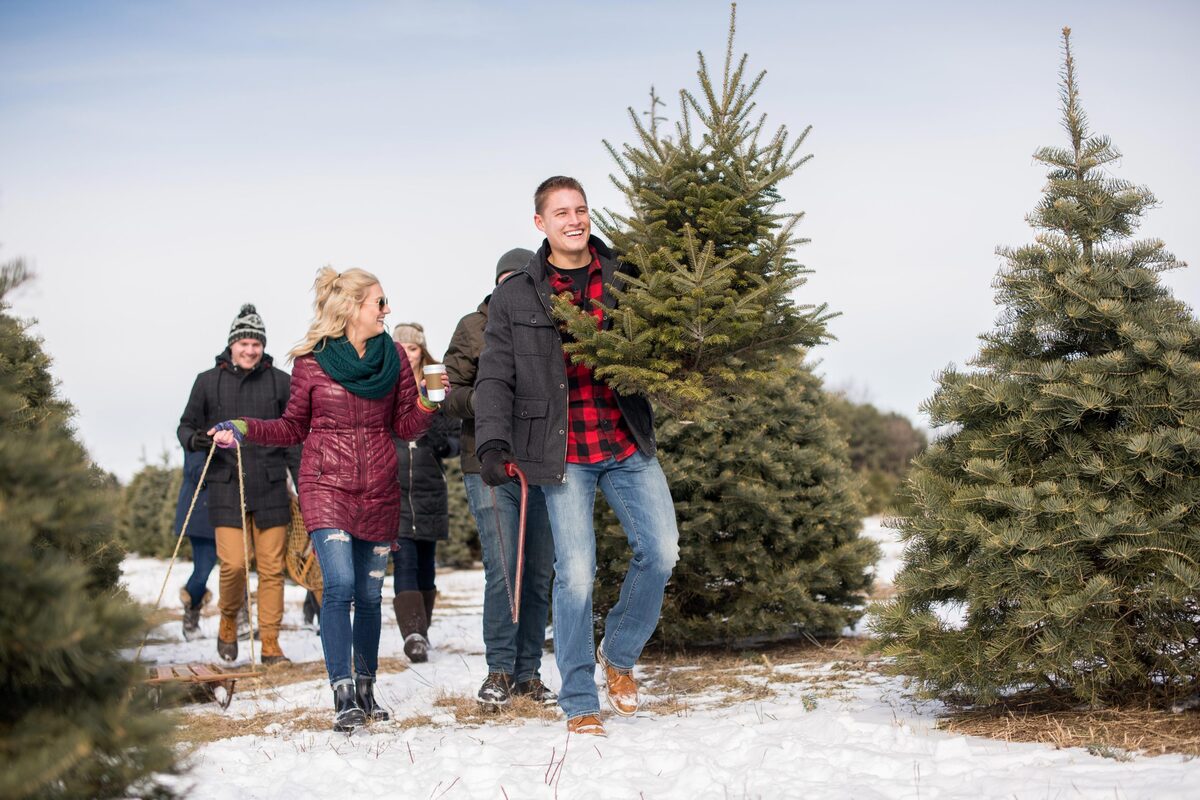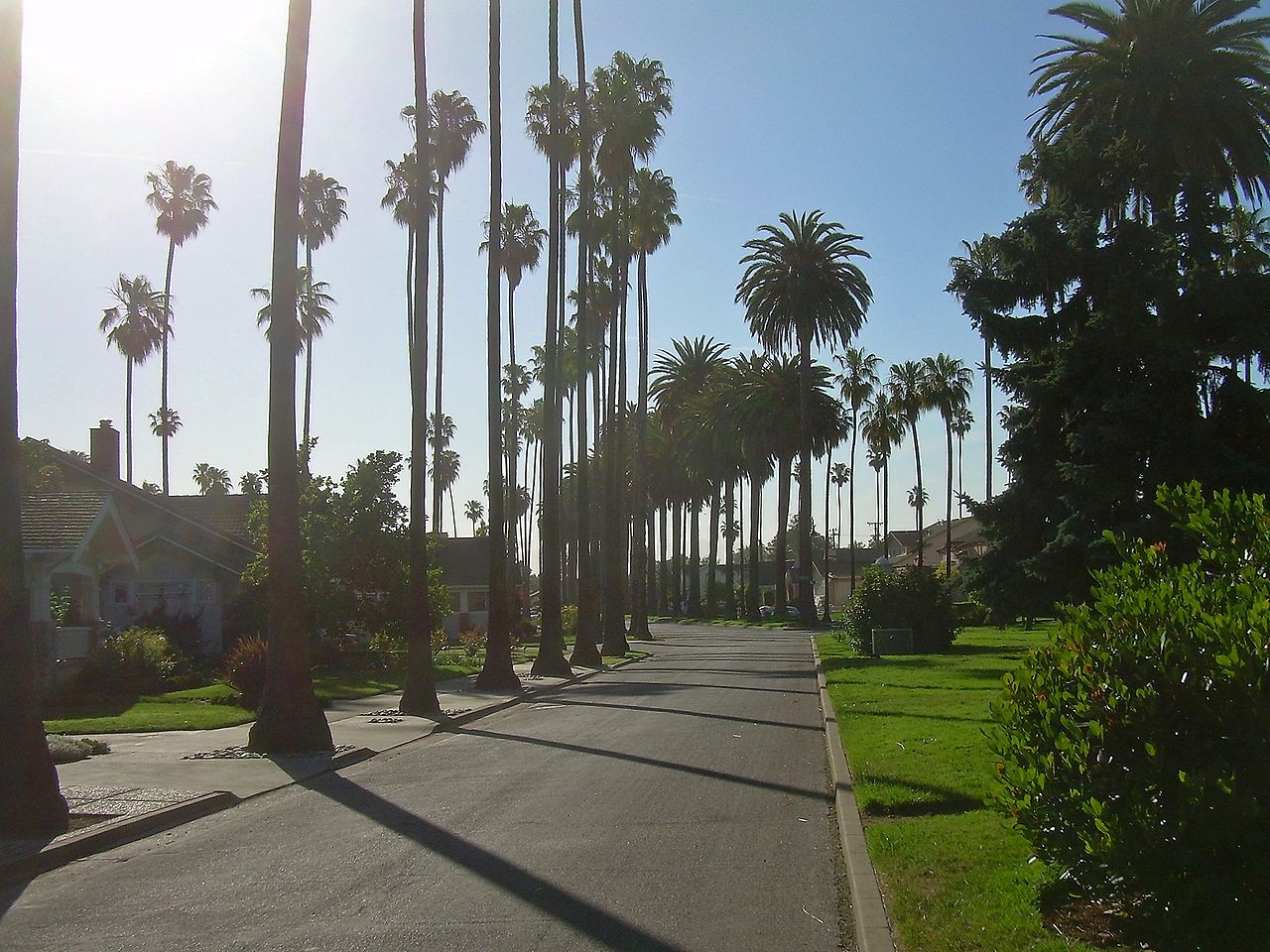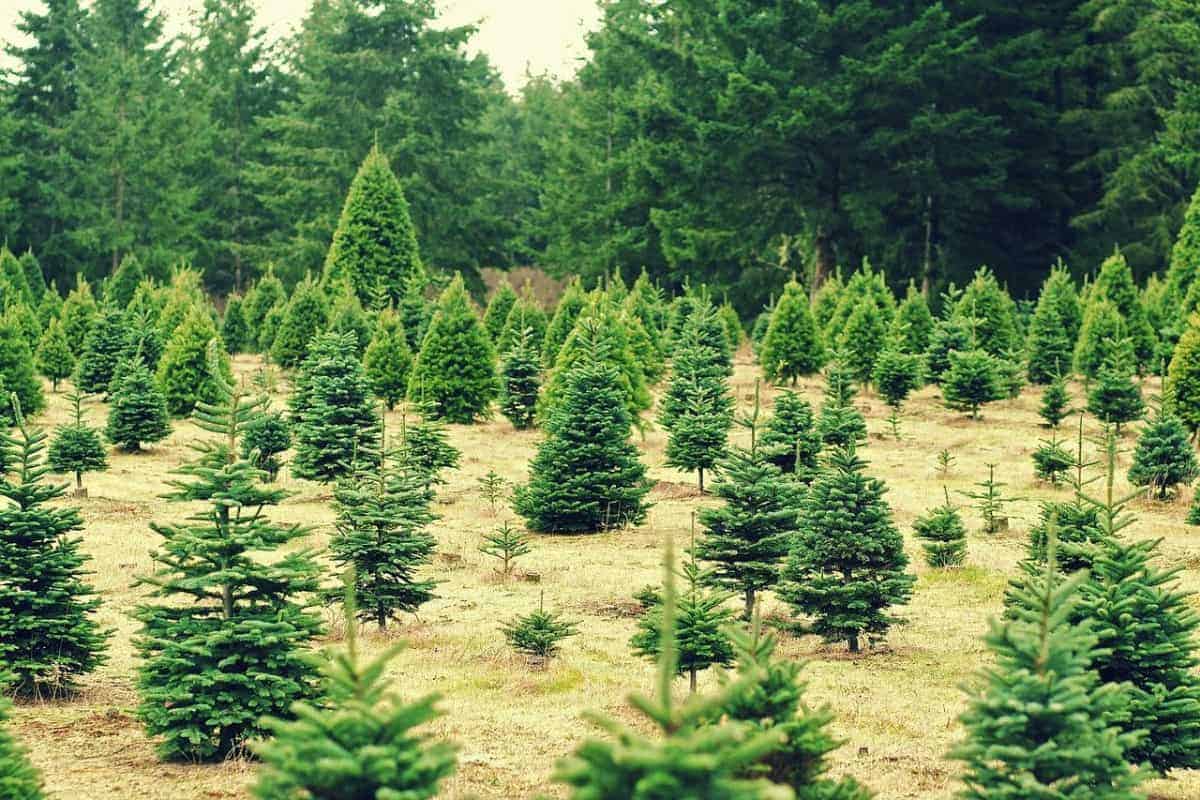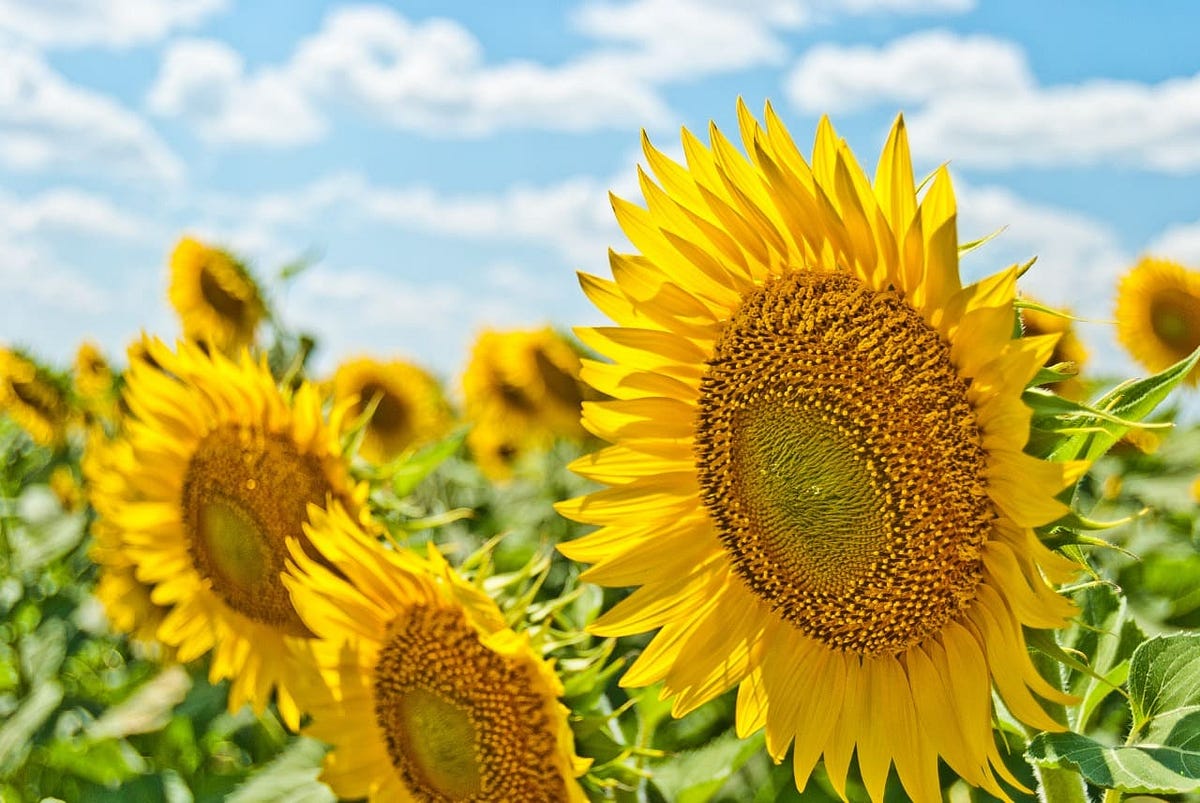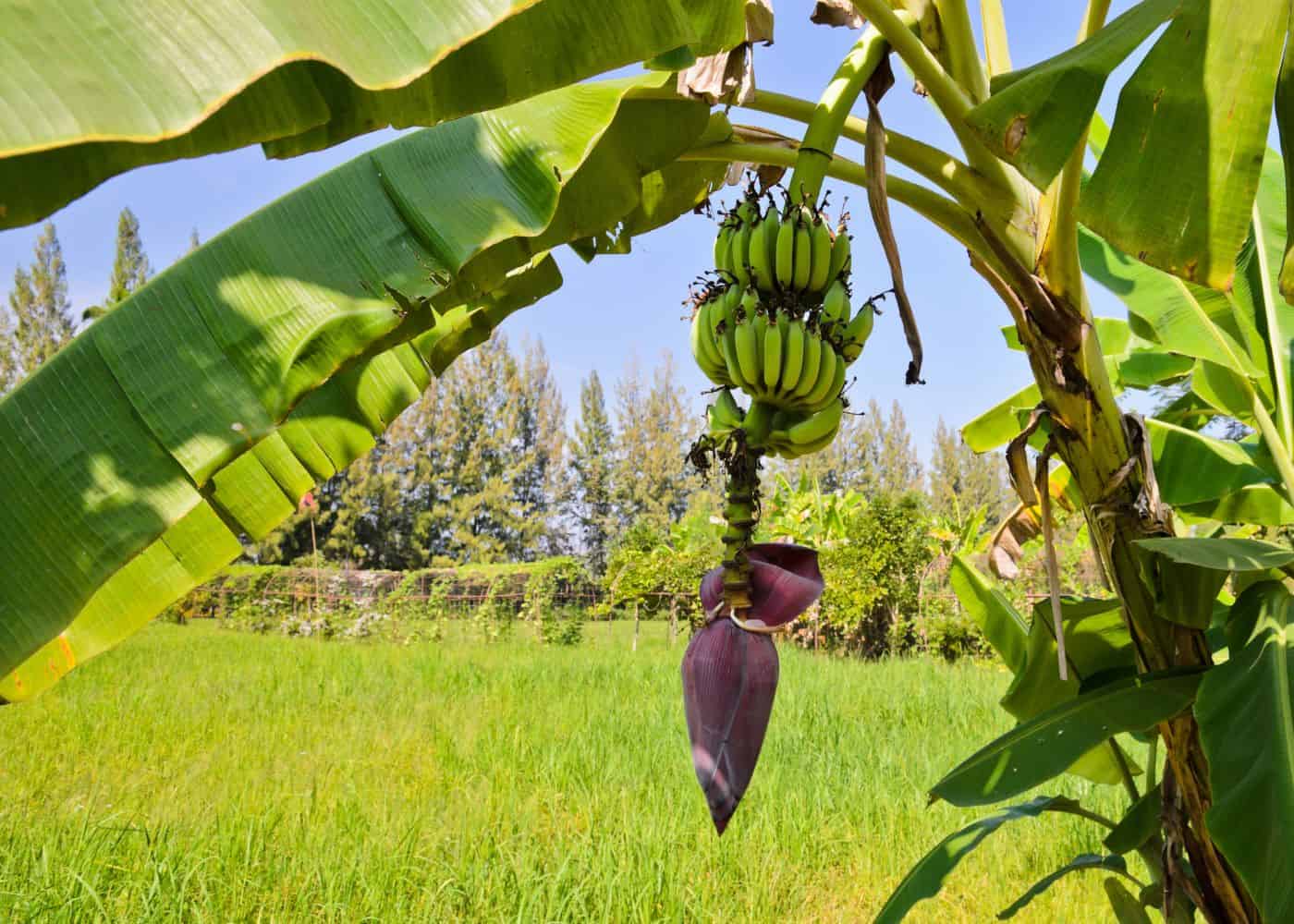Home>Gardening News and Trends>Latest News>What State Produces The Most Christmas Trees


Latest News
What State Produces The Most Christmas Trees
Modified: January 22, 2024
Discover the latest news about the state that produces the most Christmas trees. Find out interesting facts, statistics, and trends in the industry.
(Many of the links in this article redirect to a specific reviewed product. Your purchase of these products through affiliate links helps to generate commission for Chicagolandgardening.com, at no extra cost. Learn more)
Table of Contents
Introduction
Every year, as the festive season approaches, millions of families around the world prepare to decorate their homes with the centerpiece of Christmas – the Christmas tree. As a symbol of joy, hope, and tradition, the Christmas tree holds a special place in our hearts during the holiday season.
But have you ever wondered where these beautiful trees come from? Which state in the United States produces the most Christmas trees? In this article, we will uncover the top Christmas tree-producing states and explore the factors that contribute to their success in this industry.
Christmas tree production is not just a seasonal business, but an important industry that provides employment and revenue for many states across the country. It involves careful planning, cultivation, and distribution of various tree species, such as the Douglas fir, Noble fir, Fraser fir, and Balsam fir.
Understanding the leading Christmas tree-producing states can shed light on the economic and environmental impact of this industry, and also reveal interesting insights into the unique characteristics of each state’s geography and climate. So, let’s dive into the world of Christmas tree production and discover which states are leading the way in bringing the holiday spirit to homes around the nation.
Methodology
To determine which state produces the most Christmas trees, we relied on data collected from the United States Department of Agriculture’s National Agricultural Statistics Service. This agency provides comprehensive information on agricultural production, including Christmas tree cultivation.
We analyzed the data for the past five years to identify the states that consistently ranked at the top in terms of Christmas tree production. The criteria for evaluation included the number of trees harvested, the acreage dedicated to tree cultivation, and the value of the trees produced.
It’s important to note that while the data provides a general overview of the top Christmas tree-producing states, there may be variations each year based on factors such as weather conditions, market demand, and individual state initiatives. Nevertheless, the data provides valuable insights into the overall trends and patterns in Christmas tree production across the country.
Additionally, we supplemented the data analysis with information from industry experts, local growers associations, and publications dedicated to Christmas tree farming. This allowed us to gain a more comprehensive understanding of the factors that contribute to the success of certain states in this industry.
Now, let’s explore the top Christmas tree-producing states and understand what makes them leaders in this festive industry.
Top Christmas Tree Producing States
When it comes to Christmas tree production, a few states stand out as the leaders in the industry. These states have a combination of favorable climate, suitable soil conditions, and a long history of expertise in tree cultivation. Let’s take a closer look at the top Christmas tree-producing states:
- Oregon: Known as the “Christmas Tree Capital of the World,” Oregon leads the nation in Christmas tree production. The state’s mild climate, abundant rainfall, and fertile soil create ideal conditions for growing a variety of tree species. Oregon’s high-quality trees, including the Douglas fir and Noble fir, are prized for their lush foliage and excellent needle retention.
- North Carolina: With its diverse topography and moderate climate, North Carolina has become a significant player in the Christmas tree industry. The state is known for its Fraser fir, a popular Christmas tree variety appreciated for its pleasing fragrance and ability to hold ornaments well. North Carolina’s Christmas tree farms are concentrated in the western part of the state, where the cooler temperatures and higher elevations create optimal growing conditions.
- Michigan: Michigan’s fertile soils, ample rainfall, and cool climate make it an ideal location for growing Christmas trees. The state is renowned for its variety of tree species, including the Balsam fir and Scotch pine. Michigan’s Christmas tree growers take pride in producing beautifully shaped trees with dense foliage, making them a favorite choice for families and businesses alike.
- Pennsylvania: Pennsylvania boasts a long-standing tradition of Christmas tree production. The state’s landscape, characterized by rolling hills and rich soils, provides the perfect environment for growing a wide range of tree species. Pennsylvania is particularly known for its Fraser fir and Douglas fir trees, which are highly sought after for their vibrant green color and excellent needle retention.
- Washington: As the leading producer of the popular Noble fir, Washington plays a significant role in the Christmas tree industry. The state’s mild coastal climate, coupled with rich volcanic soils, creates optimal growing conditions for these majestic trees. Washington’s Noble firs are favored for their symmetrical shape and sturdy branches, making them ideal for displaying ornaments and decorations.
These states consistently dominate Christmas tree production in the United States, supplying trees to homes, businesses, and festive events across the nation. Their commitment to quality, sustainability, and innovation has earned them a well-deserved reputation in the industry.
State Comparison
While the top Christmas tree-producing states share common characteristics that contribute to their success, each state also has unique attributes that set them apart. Let’s compare the key aspects of these states in terms of Christmas tree production:
- Climate: Oregon benefits from a mild climate with abundant rainfall, while North Carolina’s cooler temperatures in the western region create optimal conditions for tree growth. Michigan’s cool and temperate climate, combined with Pennsylvania’s rolling hills, provide favorable environments for Christmas tree cultivation. Washington’s coastal climate offers ideal conditions for growing the popular Noble fir.
- Tree Varieties: Oregon and Washington excel in producing the Noble fir, known for its symmetrical shape and sturdy branches. North Carolina specializes in the Fraser fir, favored for its fragrance and ability to hold ornaments well. Michigan offers a variety of tree species, including the Balsam fir and Scotch pine. Pennsylvania, on the other hand, is known for its Fraser fir and Douglas fir trees.
- Industry Initiatives: Oregon leads the way in sustainable farming practices, with many Christmas tree farms implementing environmentally friendly techniques. North Carolina has a strong cooperative extension program that provides education and support to Christmas tree growers. Michigan has a dedicated Christmas tree association that promotes the industry and provides resources to growers. Pennsylvania focuses on providing consumers with the highest quality trees through its rigorous quality control standards. Washington has implemented strict regulations to ensure the health and safety of its trees during transportation and export.
- Market Reach: Oregon and North Carolina have established themselves as major suppliers not only within the United States but also in international markets. Michigan, Pennsylvania, and Washington primarily cater to domestic markets, with their trees being highly sought after throughout the country.
While these states may have their unique strengths, they all share a commitment to producing high-quality Christmas trees and contributing to the holiday traditions of countless families.
Factors Influencing Christmas Tree Production
Several factors play a crucial role in determining the success and productivity of Christmas tree production. Understanding these factors can provide insights into why certain states excel in this industry. Here are some key factors that influence Christmas tree production:
- Climate and Geography: The climate and geography of a region greatly impact tree growth. States with favorable climates, such as mild temperatures, adequate rainfall, and suitable soil conditions, create optimal environments for Christmas tree cultivation. This is evident in the success of states like Oregon, North Carolina, Michigan, Pennsylvania, and Washington.
- Species Selection: The selection of tree species is an essential aspect of Christmas tree production. Each state has its preferred tree varieties based on factors such as climate suitability, market demand, and customer preferences. States like Oregon and Washington have specialized in growing the Noble fir, while North Carolina is renowned for the Fraser fir. Michigan and Pennsylvania offer a wider variety of tree species to cater to different consumer preferences.
- Expertise and Experience: The knowledge and expertise of Christmas tree growers can significantly impact production. States with a long history of tree cultivation and established networks of experienced growers often have a competitive advantage. This is evident in the success of states like Oregon and North Carolina, where generations of growers have honed their skills and techniques over time.
- Sustainable Farming Practices: With growing concerns about environmental sustainability, many Christmas tree farms have adopted eco-friendly farming practices. States like Oregon have taken the lead in implementing sustainable methods, including soil conservation, water management, and integrated pest management, to minimize the environmental impact of tree production.
- Market Demand and Consumer Preferences: Understanding market trends and consumer preferences is crucial for success in the Christmas tree industry. States that can produce trees that align with popular styles, such as well-shaped, fragrant, and long-lasting trees, are more likely to find success in the market. Additionally, the ability to cater to different market segments, such as retail, wholesale, and international markets, can also influence production levels.
By considering these various factors, growers can make informed decisions about species selection, cultivation techniques, and marketing strategies to optimize their Christmas tree production.
Conclusion
The production of Christmas trees is a significant industry that brings joy and tradition to households around the country during the holiday season. Through our exploration of the top Christmas tree-producing states, we have learned that Oregon, North Carolina, Michigan, Pennsylvania, and Washington are at the forefront of this industry, each with its unique strengths and characteristics.
The success of these states can be attributed to factors such as favorable climate conditions, suitable soil quality, diverse species selection, expertise and experience of growers, sustainable farming practices, and an understanding of market demand and consumer preferences.
Oregon’s mild climate and abundance of rainfall make it the perfect environment for growing the Noble fir, while North Carolina thrives in producing the Fraser fir, thanks to its cooler temperatures in the western region. Michigan offers a variety of tree species, Pennsylvania focuses on quality control, and Washington specializes in Noble fir production.
These states have also demonstrated a commitment to innovation, sustainability, and supporting their local growers through industry initiatives, cooperative extension programs, and quality control measures.
As we celebrate the holiday season each year, it’s important to recognize the hard work and dedication of these Christmas tree-producing states. Their efforts ensure that families across the country have access to beautifully crafted trees that fill our homes with the spirit of Christmas.
So, the next time you decorate your Christmas tree, take a moment to appreciate the journey it undertakes to reach your home, from the careful nurturing in the fields to the joy it brings to your family.
